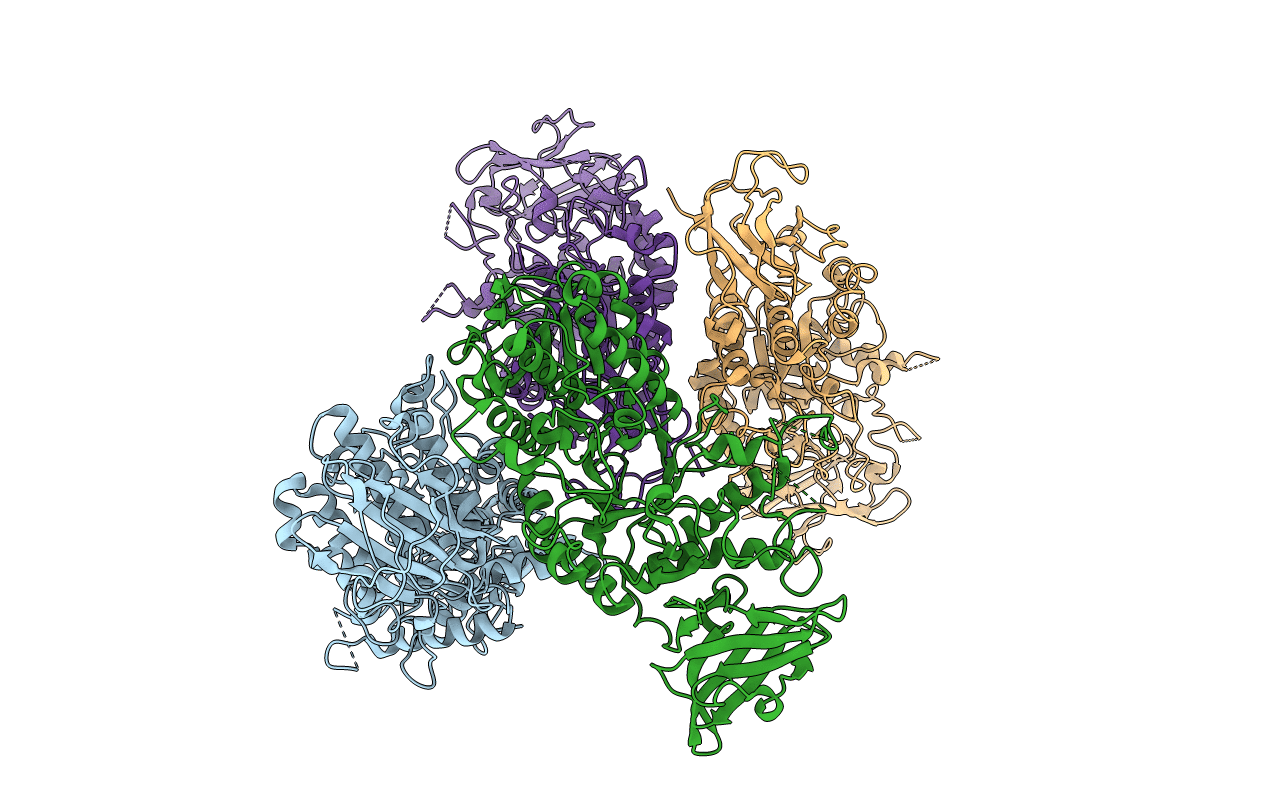
Deposition Date
2002-07-23
Release Date
2002-09-18
Last Version Date
2024-05-22
Method Details:
Experimental Method:
Resolution:
2.30 Å
R-Value Free:
0.26
R-Value Work:
0.2
Space Group:
P 1 21 1


